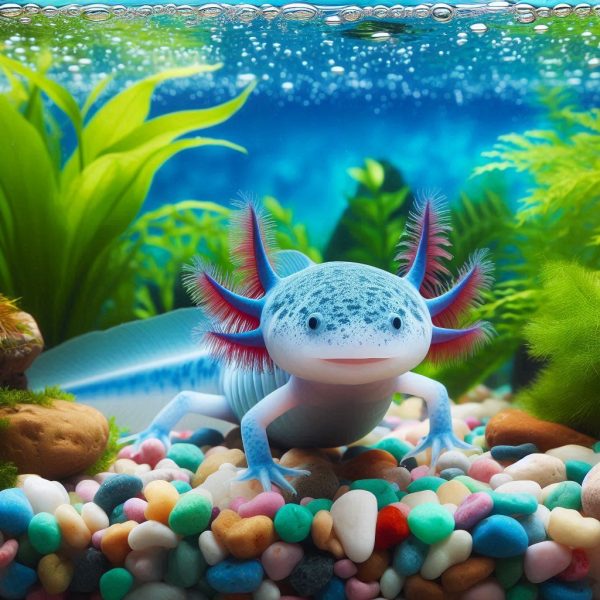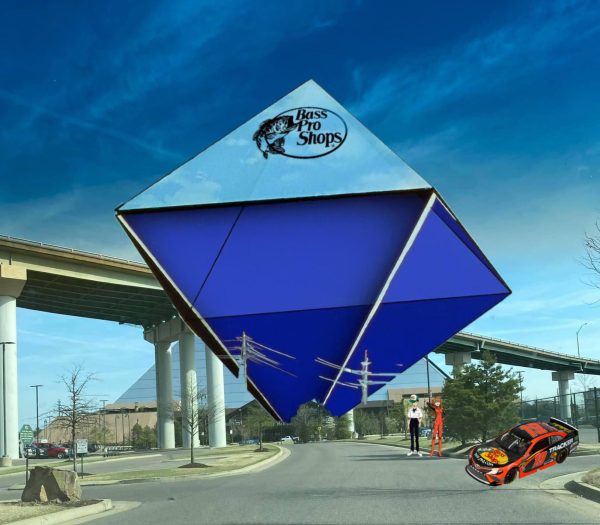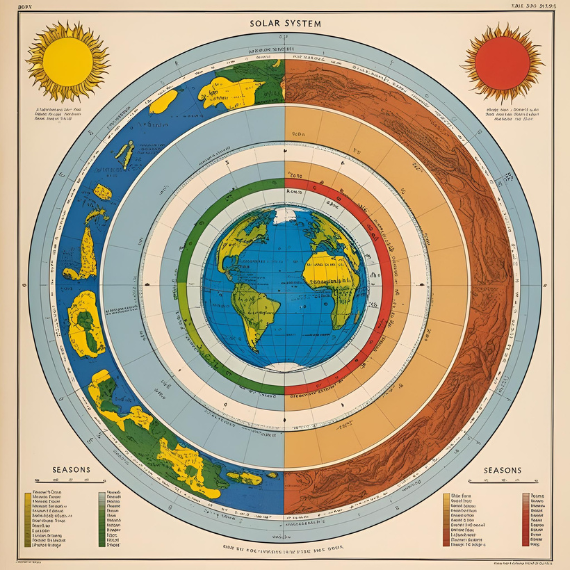20 animals that might go extinct in 2019
When an entire animal or plant species is completely wiped off of the planet, never to be seen again, it has gone extinct. Over the last century, nearly 500 species have perished from Earth, mostly at the hand of the human race. One would think that by now, humanity’s continued attacks on the unique animals of our planet would have ceased; nevertheless, many species are still critically endangered and close to dying off—be it due to poaching, pollution, or habitat destruction—including the 20 listed below.
1: Amur Leopard

This leopard is the rarest of big cats, and also the most vulnerable to extinction. With an estimated 84 individuals remaining, the Amur leopard is decreasing in population. Unlike other leopards, this leopard has adapted to living in the temperate forests of Russia. When healthy, they can live anywhere from 10 to 15 years. Poaching, commercial logging and habitat destruction are major factors for the disappearance of these creatures. This cat has the lowest level of genetic variation of any leopard subspecies, which means that it is hard for a type of species to evolve or adapt to changes, causing higher extinction rates.
2: Axolotl

Possibly the most recognizable salamander in the world, the axolotl is among the most endangered salamander species in the world. These amphibians live mainly in water, unlike other salamanders, residing in lake Xochimilco, near Mexico City. They can grow to a length of 12 inches and can live up to 15 years. Their declining population are the result of contaminated water in the lake, aquarium trade and urban expansion. The axolotls’ endangerment can also be blamed on the people who roast the creatures and consume them in a Mexican delicacy.
3: Baiji

There are not many dolphins that can survive in freshwater, but the baiji is one of the few that can. Living in the Yangtze River in China, the baiji was thought to be extinct, but was rediscovered in 2006. An adult baiji can grow to six feet long and can weigh around 180 pounds. Humans catch these dolphins and human pollution almost killed off the baiji in years before, leading to a high possibility of a second, true extinction of the creatures.
4: Bornean orangutan

The Bornean orangutans, one of the five monkey species on this list, are found in rain forests in southeast Asia on the islands of Borneo and Sumatra. Males tend to grow larger than females, but they are one of the least-populous species of orangutan. These primates thrive in the rainforest, and when it gets destroyed, they die en masse. Habitat loss is the main concern for them.
5: Cross River gorilla

https://crossrivergorilla.org/2014/10/16/new-protected-area-established-for-world-s-rarest-ape-the-cross-river-gorillas-in-south-west-cameroon/
Cross River gorillas settle near the forests on the border of Cameroon and Nigeria. Growing four to six feet tall, the gorillas could weigh up to 485 pounds. They eat liana (a woody vine) and fruit. They are located hundreds of miles away from another endangered species. Hunting and habitat loss contributes to the critically endangered gorilla population.
6: Devil ray

At a whopping 17 feet long, the devil ray is considered one of the biggest rays. With its spiny tail and black color, the fish lives throughout the Mediterranean Sea and eastern Atlantic Ocean. Even though they prefer living in deep waters, they are prone to by-catch mortality. This method of fishing has since declined, but the fish is still on the endangered list.
7: Eastern lowland gorilla

https://www.worldwildlife.org/species/eastern-lowland-gorilla
Said to only live in the rain forests of the eastern Democratic Republic of the Congo, the eastern lowland gorilla is on the critically endangered list. Over 67 percent of their diet is fruit—a factor which may be the cause for their 50+ year lifespan. the biggest threat to the species is hunting, which has lead to there being only an estimated 5,000 of these gorillas left in the world.
8: Hawksbill turtle

The hawksbill turtle is primarily found on tropical coral reefs. They comprise one of the smallest turtle varieties, with a diet consisting mainly of squids, sponges and other tiny animals. They are killed for their flesh and shells. Birds and other animals find the buried turtle eggs and eat them. The population has been declining for almost 49 years; the species has been considered endangered since 1970.
9: Hine’s emerald dragonfly

https://www.biologicaldiversity.org/species/invertebrates/Hines_emerald_dragonfly/index.html
One of the very few insect species that wound up on the endangered species list was the Hine’s emerald dragonfly, which is found in the states of Illinois, Missouri, Michigan, and Wisconsin. It has green, black and brown bodies and its enormous eyes are covered in a green tint. Loss and degradation of habitats are the main causes of their endangered statis.
10: Javan rhinoceros

Rhinos are one of the most hunted animals in Africa and Asia, most commonly for their horns; the Javan rhino is no exception to this unfortunate pattern. Javan rhinos can be found throughout western Indonesia and eastern Indochina. Measuring five feet tall and 10 feet long, this formidable animal competes with the Sumatran rhino for the status of most endangered rhino species.
11: Kakapo

The kakapo, also known as the owl parrot, is among the rarest and strangest parrots in existence. It is the only parrot that cannot fly; it is also the only nocturnal parrot species, and the heaviest, weighing an average of eight pounds. The bird is only found on New Zealand, eating mainly seeds, berries, nuts and flowers. With sparsely any predators on the island, the main reason for their decline has been habitat loss and fragmentation.
12: Malayan tiger

Poaching, poaching and more poaching is the reason why the Malayan tiger is in desperate trouble. Their natural habitat is in the Malay Peninsula of southeast Asia, where they live in a carnivorous fashion (although they tend to kill only once every three days or so). Per a 2016 count, there were only ~250 Malayan tigers left in the world.
13: Saola

The saola is among the rarest large animals on Earth. It can only be found in a small area of forest between Vietnam and the Laos. It is so rare that it has only been photographed three times. Habitat loss, hunting and snaring are the cause for their endangered species. Very little is known about these creatures, although they are thought to live up to 11 years.
14: South China Tiger

Habitat loss and illegal hunting in China have resulted in these rare tigers being critically endangered, in spite of the Chinese government’s 1979 ban on hunting them.. In the wild, the South China tiger can grow to a length of 8 feet and has an average lifespan of 15 years; sadly, however, the aforementioned poaching and habitat destruction have led to an estimated 20 of the animals remaining in the world as of 2018.
15: Sumatran elephant

The island of Sumatra is a place in desperate need of protecting its animals. The elephants of Sumatra are just one of four Sumatran species that are critically endangered. Deforestation and habitat loss are the main reasons for the endangerment of not only these elephants, but also most other animals which reside on the island. The females tend to be smaller than males, but nevertheless can weigh up to 9,000 pounds.
16: Sumatran orangutan

Living on the island of Sumatra, the orangutans here are almost arboreal. The females never leave the trees and the males rarely do. This leads to the animals being greatly vulnerable to deforestation, however; it is mainly due to this that they are currently in danger of extinction.
17: Sumatran rhinoceros

The Sumatran rhinoceros is covered with a reddish-brown hair. They used to roam the rain forests and swamps of India, Bhutan, Bangladesh, Thailand, China, and Indonesia in great numbers—prior to being poached to near-extinction for their horns, that is. Currently, they are only found on the island of Sumatra. With a body length of over eight foot long, the rhino weighs over 1,700 pounds. This gargantuan animal may soon die out, however, as illegal hunting and habitat loss continuously plague their existence.
18: Sumatran tiger

Living on the island of Sumatra, the Sumatran tiger is one of the smallest tigers in the world, weighing approximately 300 pounds and growing to be eight feet long. Sumatran tigers are mostly endangered by logging companies, which mercilessly destroy the forests in which they are found.
19: Western lowland gorilla

https://www.worldwildlife.org/photos/western-lowland-gorilla–5
With a decreasing population, the western lowland gorilla’s chance of survival continues to drop. With males weighing around 400 pounds and the women weighing 180 pounds. most of the animals live in the heavy rain forests of central Africa. The species is considered to be critically endangered due to bushmeat hunting and the timber industry.
20: Vaquita

Restricted to the northern area of Mexico’s Gulf of California, the vaquita dolphin is growing more and more endangered. These aquatic mammals do not like to go into deep waters, usually never going under 100 feet down into ocean. Adults can only grow to a maximum length of five feet, and weigh less than 100 pounds. There were an estimated only 30 individual vaquita dolphins left in a 2017 count. Vaquita dolphins are endangered due to the being trapped in illegal fishing nets (which are intended to catch the totoaba, another fish species which is in danger of extinction due to extensive overfishing).
If humans are to protect these animals, the efforts must resonate in all, including us. We must protect these precious species and their habitats if we want them to survive. Teachers should put in their best efforts to educate students of the crisis facing Earth’s biodiversity.
“We need to address the economy in the countries that are killing their animals,” notes Mr. Stove, the environmental science teacher here at Nanticoke. “The only reason why a person is cutting down trees or killing a rhino is because they need money. The more economically sound a country is, then the forests would not be destroyed [sic] so a person can live.” Indeed, it should be noted that most of these species are found in developing countries; action must therefore be taken to help both the animals and the nations where they are found in order to preserve the biosphere and keep the flora and fauna of our planet from slowly dipping into extinction.
More information on this topic can be found at https://www.worldwildlife.org/species; The GNA Insider urges all to learn more about this topic for the sake and future of the unique creatures which are ever so slowly nearing eternal annihilation at human hands,

My name is Shawn Maczuga, and I am a junior at Greater Nanticoke Area. I was born in Delaware but moved to Pennsylvania. I am a huge Auburn Tigers fan....













Hayleigh • Oct 3, 2019 at 9:23 am
We need to save these poor creatures you can save a life if you stop hunting them please help them.
Johnny johnny • May 30, 2019 at 6:43 pm
Number 20 is already extinct